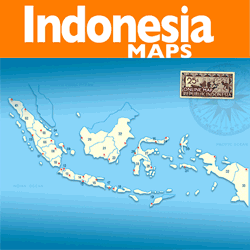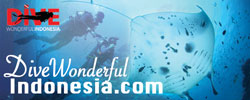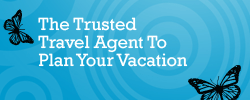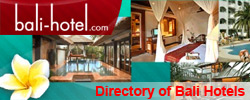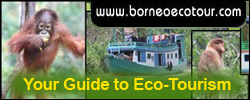The Karon Tribe
The Karon tribe is one of the ethnic groups who live in Senopi Village, Tambrauw Regency, West Papua. The Karon tribe in their daily life are utilizing various natural resources in the surrounding environment, such as using plants to treat various diseases. Most of the members of the Karon community still live in the inland, in the valleys and hills of Arfak mountains, but others have settled in coastal areas.
In the coastal area, there are those who join with other tribes, for example with the Biak people, Karondoti people, Moi, Pada, Madik, Meyakh, Arfak, and others. They are divided into small groups that live far apart, dense forest environment area. The rivers that cross their residential areas become a source of drinking water and a livelihood area.
Their main livelihood is gathering sago, and sago is their staple food. The sago trees themselves grow naturally and they get sago field which is divided according to custom. Those who hunt (pomsiah) individually or in groups, the results are for their own families or groups, or for ceremonial purposes. Hunted animals for ceremonies are pigs, while for own consumption, for example crocodiles, bats, mice, monitor lizards, birds. Pig hunting techniques are carried out with two kinds of techniques. First with the dog help while herding it to a place where it is ready to be speared. The second is to dig a hole as a trap (kayach). The hole was made in the road that the pig used to walk and in time fell into it.
The number of Karon people is not known for certain because there is no data about it. They have their own language, namely Karon. A village where their settlement usually consists of several houses (amach peron). The houses generally stand on poles or on stilts as high as one meter above the ground, with about 4 x 5 meters area, consisting of one room and one door. In the middle of this room there is a stove for cooking. The walls of the house are made of gaba-gaba and the roof is of sago leaves. This kind of house is inhabited by a nuclear family or a nuclear family plus several other relatives. In addition to the house, there is also a house built in the sago area, a building smaller than the usual house, which is called amach wora. This house was inhabited during the busy season of working in the sago fields. In addition, there are also those who make huts (ana wora) buildings with only a roof, without walls, which are used as a place to rest in the fields.
Processing forest products is a part-time job, such as rattan, resin, ironwood, and others. The results of this concoction are partly for their own use and some are sold to visitors who come to their village. Another job is fishing, which is usually done in the dry season. The fishing gear used are fishing rods, nets, traps (fuik), tuba.
The nuclear family is an important group of relatives. The principle of lineage withdrawal is based on patrilineal basis which is marked by the name of the male family or clan. They recognize two social layers, namely the upper layer consisting of leaders (raenason) community such as rich people (tuan), influential or knowledgeable people (raewun). The bottom layer is the most people. Community leaders are selected people, for example the elder who have extensive knowledge of customs. To become a traditional leader, one must follow traditional education and have a filial desire for the benefit of the community. The place for the educational training was carried out in the traditional house (nyewon) of a large group. One of them is appointed as the customary head who has the highest power as the executor of customary rules. Those people are knowledgeable about hunting, knowledge about medicine, shamanism and so on. Rich people are a group of people who have material wealth such as extensive land ownership, have timor cloth, have subordinates as employees and followers called kausune. In general, they are descendants of traders who have lived on the coast for a long time.
The Karon people like to collect Timor cloth and ceramics. These two kinds of objects actually come from outside Papua island. The object has high social value for its owner and as a status symbol in society. The object is used as an heirloom from generation to generation according to the patrilineal line earlier. These objects are also usually used as a dowry which is given to the woman.
The timor cloth is divided into two types: the heirloom timor cloth (ot) which is usually stored by the traditional head in a special place, this cloth stored outside the house to avoid theft and damage. This cloth is believed to bring blessings to its owner. The second is the Timor road cloth, also known as teon, which is a cloth used in exchanging activities with other objects, especially between coastal residents and inland residents. This cloth continuously circulates and changes owners in the life order of the Karon people, meaning that there are certain rules in the exchange activities, people who do not conform to these rules will be subject to social sanctions, for example ostracism or payment of fines.





